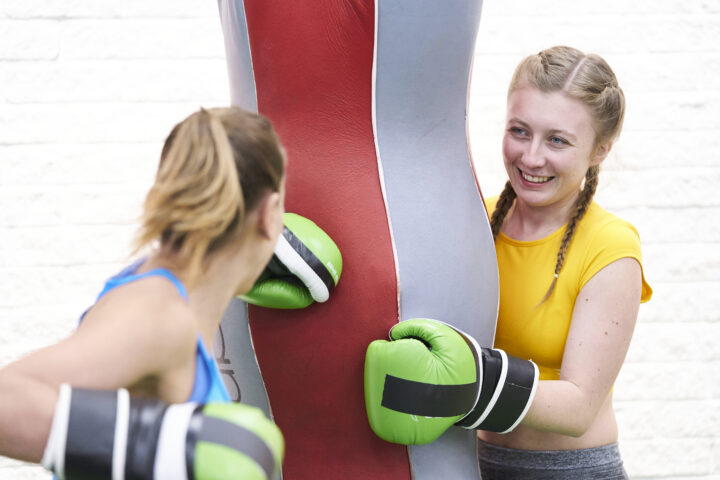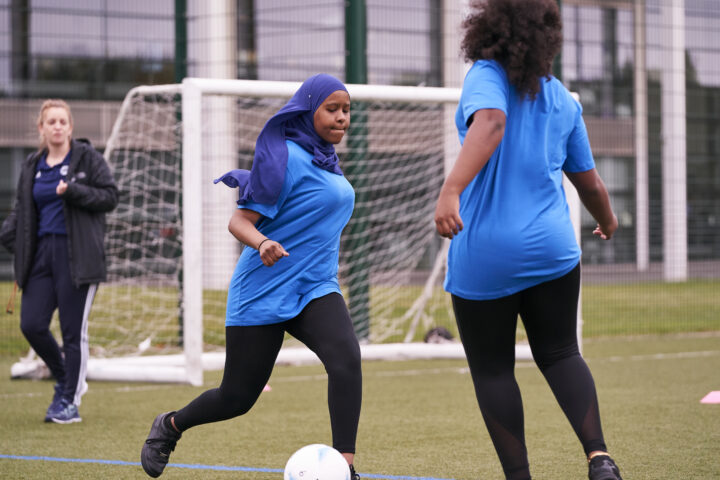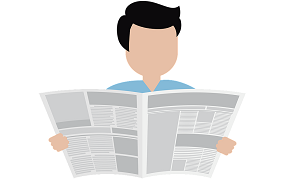#ChoosetoChallenge Barriers for Women to be Active
This International Women’s Day, we’re highlighting the barriers women all around the world face just to be active.
While the physical and mental health benefits of being physically active are more widely understood, women are still consistently less active than men. And this is often not through lack of desire or motivation.
The COVID pandemic has highlighted the disparity between men and women when it comes to work and childcare and has exacerbated existing inequalities. For example, women spent on average 62 hours per week caring for children (compared to 36 hours for men) and 23 hours per week doing housework (15 hours for men)*.
They also were more likely to be working on the frontline: 76% of healthcare and social-care workers, 86% of personal care workers in health services are women*. Additionally, women are overrepresented in sectors that are worst affected by the crisis (retail, hospitality, care and domestic work), because these jobs cannot be done remotely*.
There are many reasons women are less physically active, and here we highlight just a few.
Time & Money
The barriers to being physically active long predate the pandemic. Women still often shoulder the burdens of managing the household, childcare, supporting elderly relatives and working and can see taking time for themselves to exercise as selfish. Women also tend to earn less than men, which can make activities requiring membership or subscription, or specialised kit, prohibitive.

Safety
One area which has had a lot of attention recently is safety. More affordable exercise such as running can become off-putting when the nights start drawing in as winter arrives. Walks alone in some areas may even make women wary. Women from ethnically diverse backgrounds or with disabilities are disproportionately targeted by bullying and abuse**, making joining a gym or visiting the leisure centre seem daunting. There have also been scandals relating to sexual harassment or abuse in organised sports which have not been managed well, which rightly worries young women from joining certain sports or teams.
Body Image
Female adolescents report higher body dissatisfaction than males. This also contributes to a decreased motivation to be physically active as they worry about how they are perceived. They are also often more self-confident than boys, and rate their performance more negatively. Women are also more likely to be turned off sport by the competitive element which is very closely linked to self-confidence. A poor relationship with sport and physical activity in childhood can lead to a lesser propensity to exercise as an adult.

Prejudice
While perceptions about women’s sport and disabled sport are slowly shifting, there has been a history of prejudice in both. Women in sport have been labelled as ‘unfeminine’, and females may be discouraged from certain sports by parents or peers. Girls with disabilities are even less likely to participate in sport than their peers and face many issues around accessibility, inclusive sessions, lack of trained coaches and fewer role models, although there has been increased focus on improving these areas in recent years.
At Together Active, we want everyone to be more active, whatever their gender, age, background or level of health. We try to ensure that there are options available to everyone, and provide funding, training, information and support to clubs, groups and schools across Staffordshire and Stoke-on-Trent to make that a reality.
No-one should feel excluded from physical activity in whichever form they want to enjoy it.
*2021 Report on Gender Equality in the EU
**Barriers to Sport Participation
Read next: Active Adults


